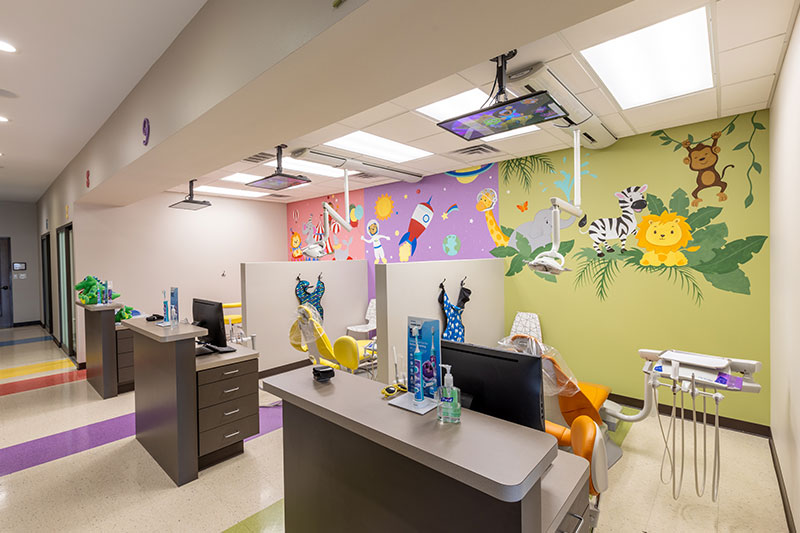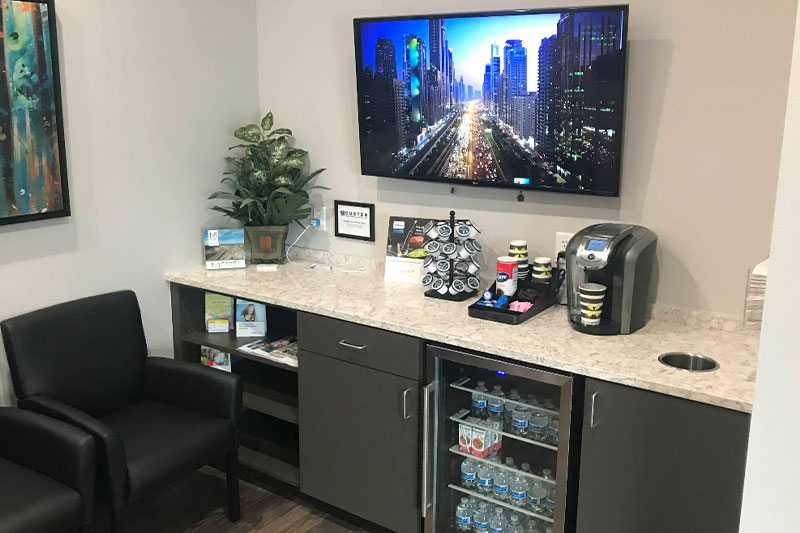General Dentist in McKinney

Our practice provides general dentistry procedures including the prevention, diagnosis, and treatment of a wide variety of conditions and diseases that affect your teeth and gums.
We Are Committed to Your Oral Health
At Custer Family Dental & Ortho + Kids, we are committed to ensuring your oral health is in excellent condition.
We offer a wide range of dentistry services including:
- Dental cleaning
- Dental examinations
- Dental X-rays
- Deep cleaning
- and much more
View All Services
Personalized Oral Hygiene
At Custer Family Dental & Ortho + Kids, we work with each and every patient to establish a customized dental hygiene plan that incorporates dental exams, x-rays, thorough teeth cleanings, tooth scaling and deep cleaning (if necessary), as well as the use of other diagnostic equipment to prevent and treat conditions that affect your oral health.
We’re Here to Help You
If you have any questions regarding the general dentistry services we provide, then please call our office at 972-532-3635.


